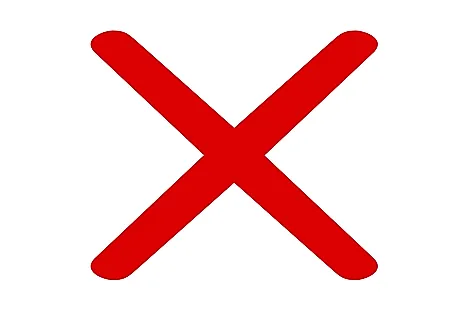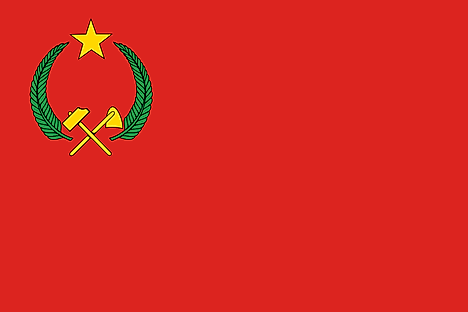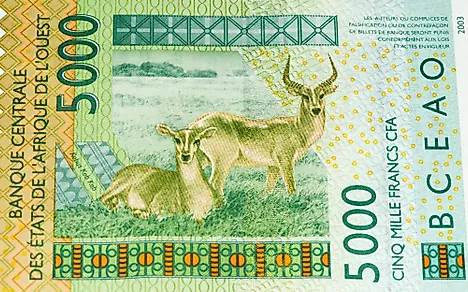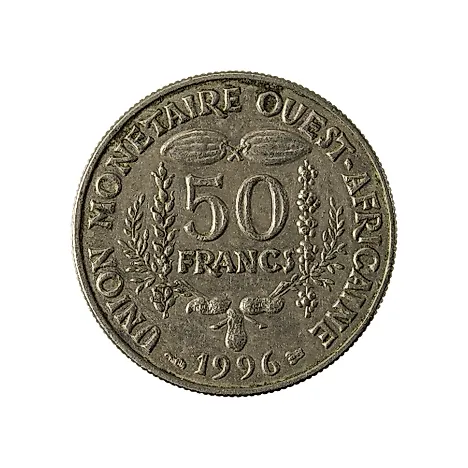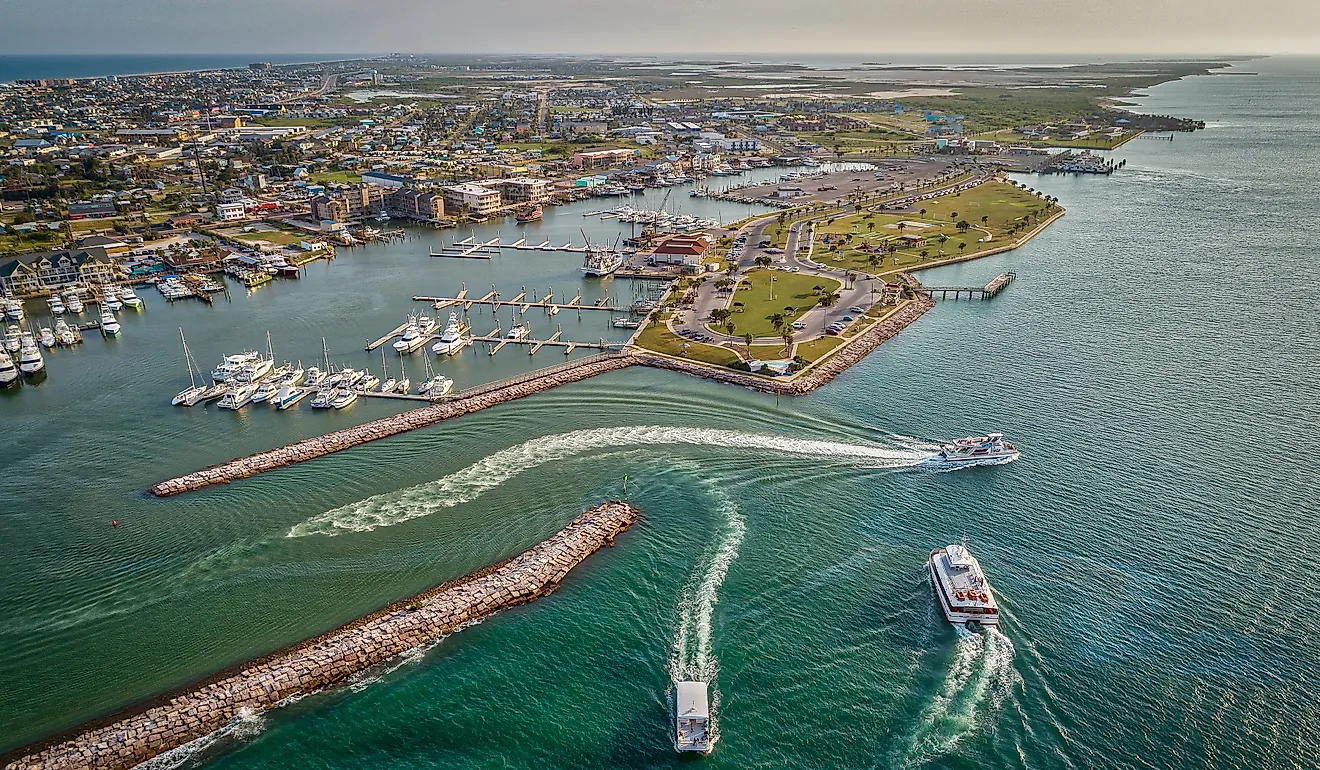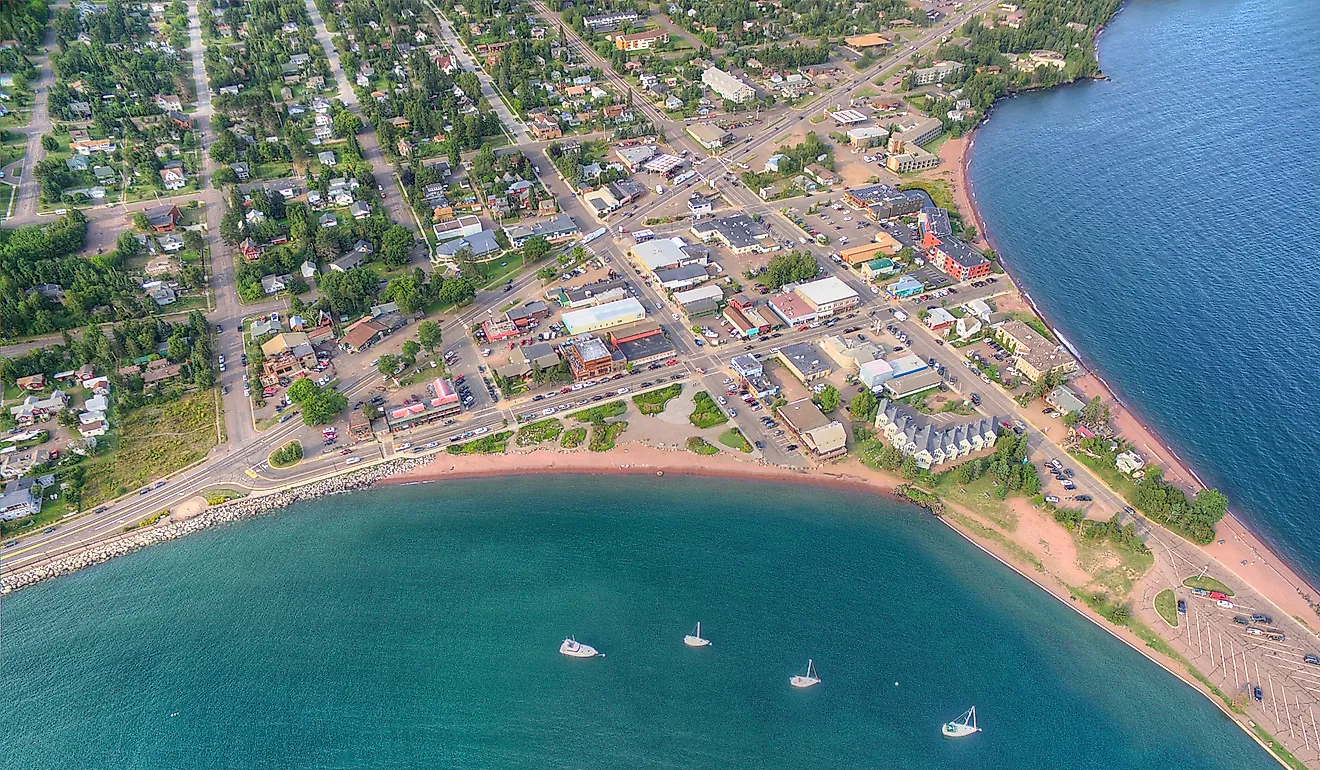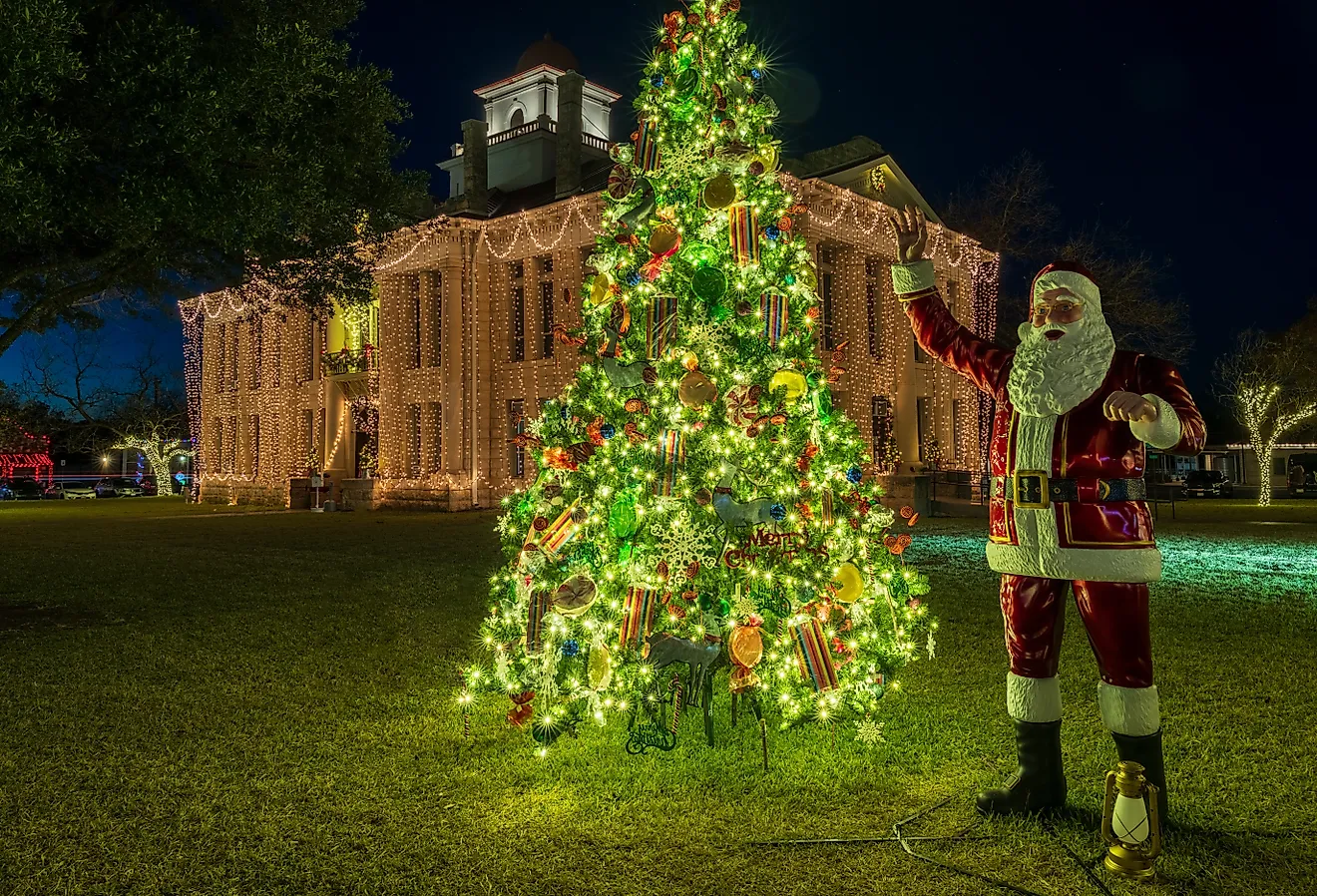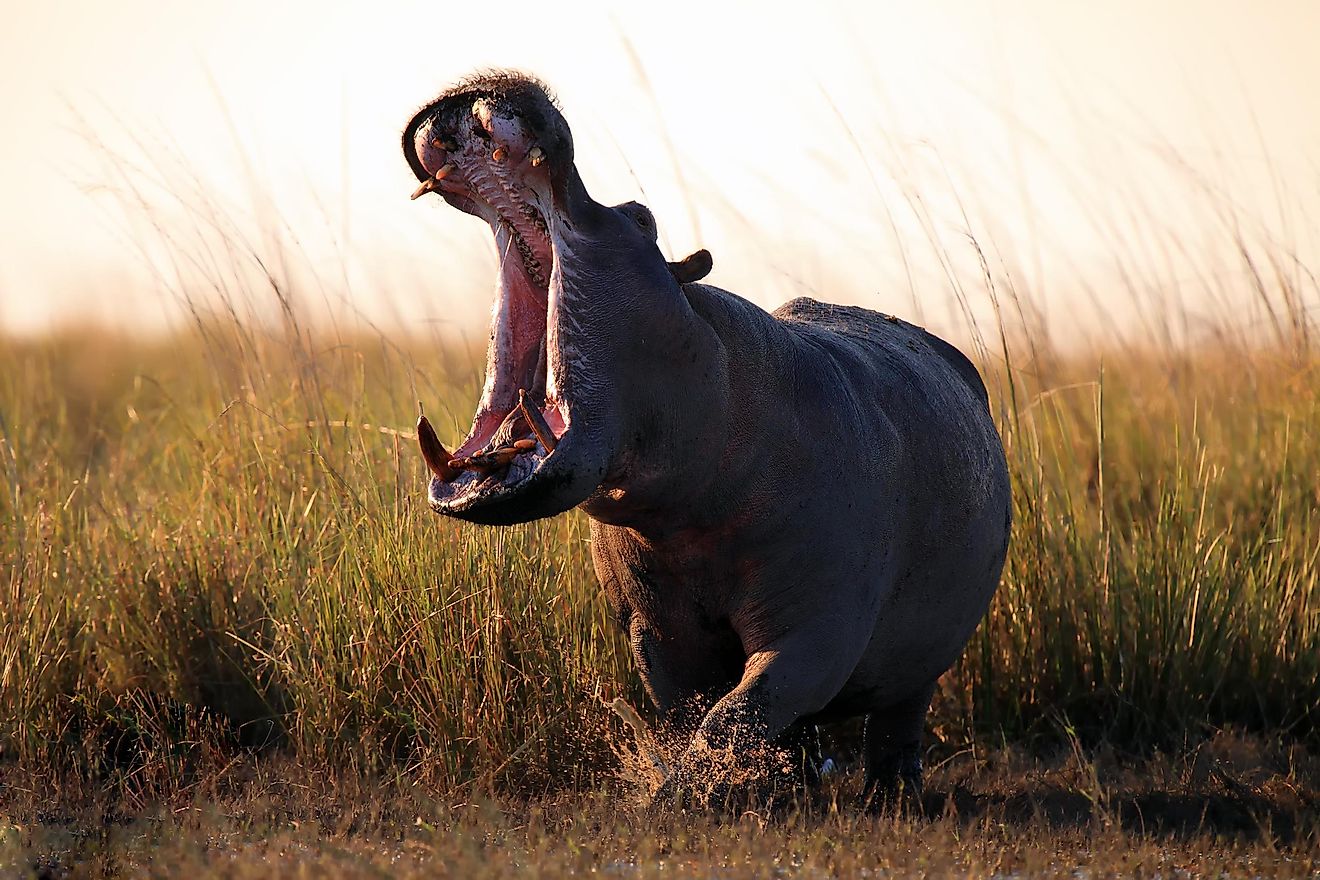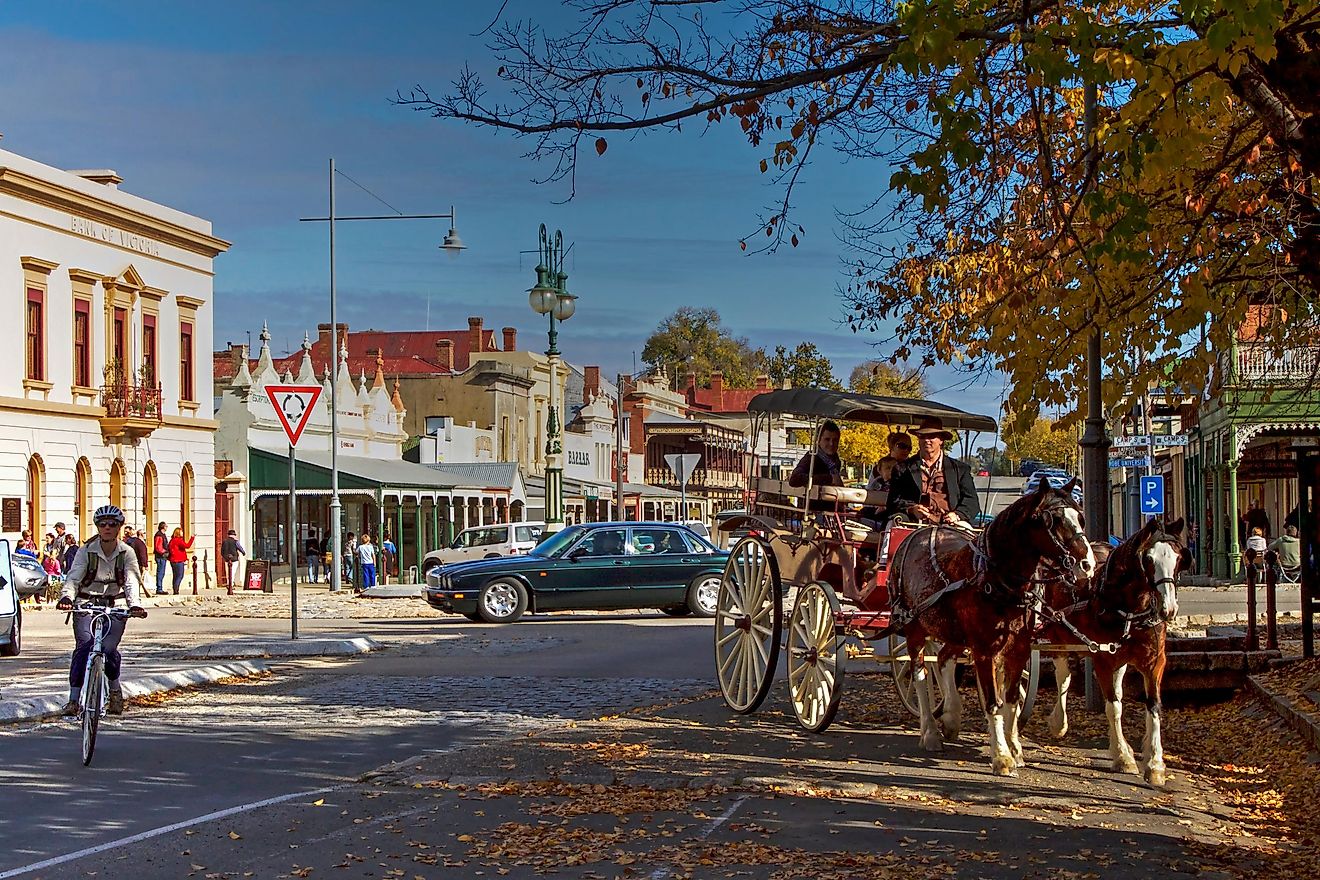Flags, Symbols & Currency of Congo
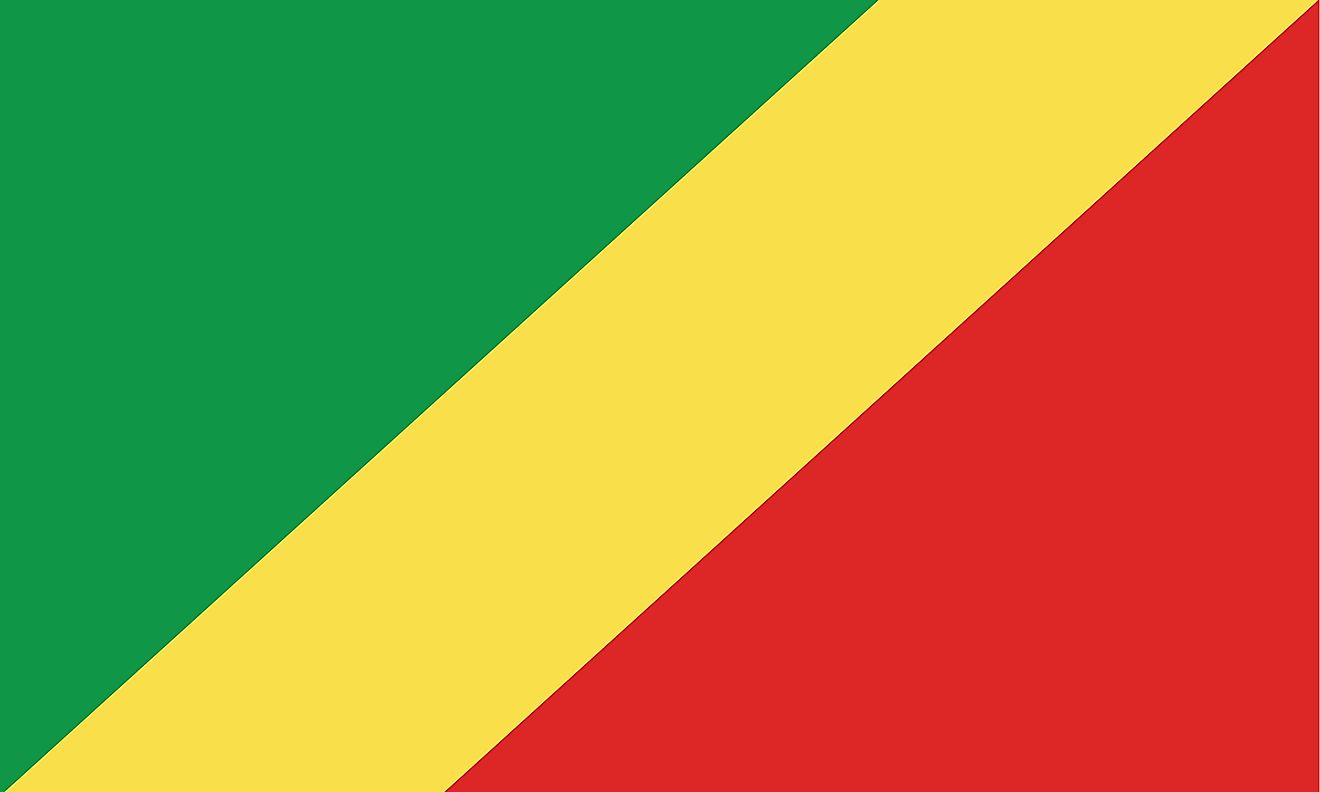
The National Flag of the Republic of Congo was officially adopted on September 15, 1959.
The National Flag of the Republic of Congo features the official Pan-African colors. It is divided diagonally from the lower hoist side by a yellow band; with the upper triangle (hoist side) being green and the lower triangle being red. The green color symbolizes agriculture and forests; the yellow color symbolizes the friendship and nobility of the people. The symbolic value of the red color is unexplained but it is thought to be associated with the struggle for independence. The flag has a width-to-length proportion ratio of 2:3.
History of the Flag of The Republic of Congo
Being a French colony, Congo was represented by the National Flag of France. The French government did not allow the use of any other flag, fearing that it might lead to the development of nationalist feelings and subsequent revolution. In 1959, Congo became an autonomous region in France and adopted a new flag. This flag was retained as the national flag when Congo became independent in 1960. The flag was removed when a revolutionary coup overpowered the new government and led to the establishment of a Communist regime. The communist government adopted a red flag with other socialist symbols in 1970. When the Communist rule ended, the new government reinstated the original flag design of 1959 on June 10, 1991.
Symbols of Congo
The National Coat of Arms of the Republic of Congo
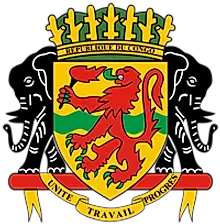
National Coat of Arms
The National Coat of Arms of the Republic of Congo features a shield with a red lion holding a torch. The shield is supported by two African elephants. The national motto "Unité Travail Progrès" ("Unity, Work, Progress") is displayed on a banner draped below the elephants, and a golden crown sits above the shield, displaying "République du Congo”.
National Motto
"Unité Travail Progrès" ("Unity, Work, Progress")
National Anthem
- Anthem Title: "La Congolaise" (The Congolese)
- Music Composer: Jean Royer and Joseph Spadiliere
- Lyricist: Jacques Tondra and Georges Kibanghi
- Date of Adoption: December 31, 1969; reinstated: June 10, 1991.
"La Congolaise"(The Congolese) [also known as Besi Kongo] is the national anthem of the Republic of Congo. The music has been composed by Jean Royer and Joseph Spadiliere and the lyrics has been authored by Jacques Tondra and Georges Kibanghi. Upon its Independence from France on November 4, 1959, this anthem became the official anthem for the country until December 31, 1969; when it was replaced by "Les Trois Glorieuses". The anthem was reinstated on June 10, 1991.
La Congolaise (Kikongo)
Lêlo kukiele, ntângu yitûkidi
Nsi'eto Kôngo yitemokene.
Tômbe kia mpimpa kisukidi,
Kyêse kiakinene beni.
Tuyimbila ye pasa
N'kûng'a kimpwanza.
Mvutu:
Besi Kôngo, konso ntangu tubunda ntulu,
Tuyalangasa bumosi ye kintwâdi kia nsi'eto,
Mana ma kutumwangasanga tuvilakana mo,
Tukala bonso mika mya mbwa,
? Tusadila lutumu lua nsi'eto:
Bumosi, Kisalu, Ntomosono! ?
Tûka ku mfînda tê ye kuna m'futa,
Tûka ku m'futa te ye kuna m'bur,
N'kâng'umosi, môy'omosi,
Na ngwi muna n'tim'amosi,
Tunwâna mvita bûtuna mu luzingu,
Mu kuma kya nsi'eto ya ndômbe.
Mvutu:
Vo mpe fwa tufweti fwa
Wonga mpia, kadi bâna beto,
Sibata kuakulu nsângu
Muna mvita kaka banunginanga
Ye kuna kônso kônso belo
Si bayimbila ku nsi'a bendela dya nitu tatu.
Mvutu
The Congolese
On this day the sun rises
And our Congo stands resplendent.
A long night is ended,
A great happiness has come.
Let us all, with wild joyfulness, sing
The song of freedom.
Chorus:
Arise, Congolese, proud every man,
Proclaim the unity of our nation.
Let us forget what divides us
And become more united than ever.
? Let us live our motto:
Unity, work, progress. ?
From the forest to the bush,
From the bush to the ocean,
One people, one soul,
One heart, ardent and proud.
Let us all fight, every one of us,
For our black country.
Chorus:
And if we have to die,
What does it really matter? Our children
Everywhere will be able to say how
Triumph comes through battle,
And in the smallest village
Sing beneath our three colours.
Chorus
The Currency of Congo is the Central African CFA franc
The official currency of the Republic of Congo is the Central African CFA franc.
The Second franc is currently used and began circulation in 1997. The franc is divided into 100 smaller portions called centimes.
Coins of Second franc
Although coins were circulated, the administration forced them out of the market due to inflation. Currently, the smallest note in use is the 10 francs.
Banknotes of Second franc
The centimes and francs which dated back to November 1997 were reprinted in 1998, while the 200 and 500 francs found their way to the market for use in the year 2002. During the celebration of the Congo independence in the year 2010, Banque Central du Congo gave out 20 million notes of 500 francs. The denominations of 1,000, 5,000, 10,000, and 20,000 francs mark the latest issued notes in Congo.
Historical Currencies of the Republic of Congo
There have been two different francs in the country, the first franc which was present from 1887-1967, and the second franc which is currently used and began circulation in 1997.
First franc: The currency denominated in franc and centimes was circulated in Congo for use during a time when the country remained under the administration of Belgium. Both the Congolese and Belgian franc had equal value at the time. At the beginning of 1916, the authorities issued the currency in other countries including Rwanda and Burundi. The usage of the currency in the two nations ended in 1960 when they began to use their own franc.
